Light Switches and Dimmer Switches Repair and Installation
Looking for reliable and professional electricians near you to handle your light switches and dimmer switches repair and installation needs, including emergency services? Look no further than our 24-hour electrical team of certified, accredited, and registered electricians who specialize in domestic electrical installation, electrical repairs, and electrical certification, including part P electrical certificates. Contact us now for affordable electrical prices, and trust our local electricians, electrical contractors, and electrical companies to provide the best electrical services, such as electrical book, electrical wiring, and electrical installation certificates, backed by Checkatrade and Trust a Trader. Whether you need an electrician for small jobs or a full house rewire, our nearby electricians are here to help you out of hours, in an electric emergency, or for regular electrician jobs. Contact us today and hire the best electrician near you!
Common Switch Types Found in UK Residential Settings
There are several types of switches commonly used in UK homes. Here are some of the most common ones:
Single Pole Switch: This is the most common type of switch found in UK homes. It has one switch that controls a single light or group of lights.
Double Pole Switch: This type of switch is used for high-power appliances such as water heaters or electric ovens. It has two switches that control the appliance, one for each power supply.
Three-Way Switch: This switch is used to control a single light or group of lights from two different locations. It has two switches that work in conjunction to control the light.
Four-Way Switch: This switch is used to control a single light or group of lights from three or more different locations. It has three or more switches that work in conjunction to control the light.
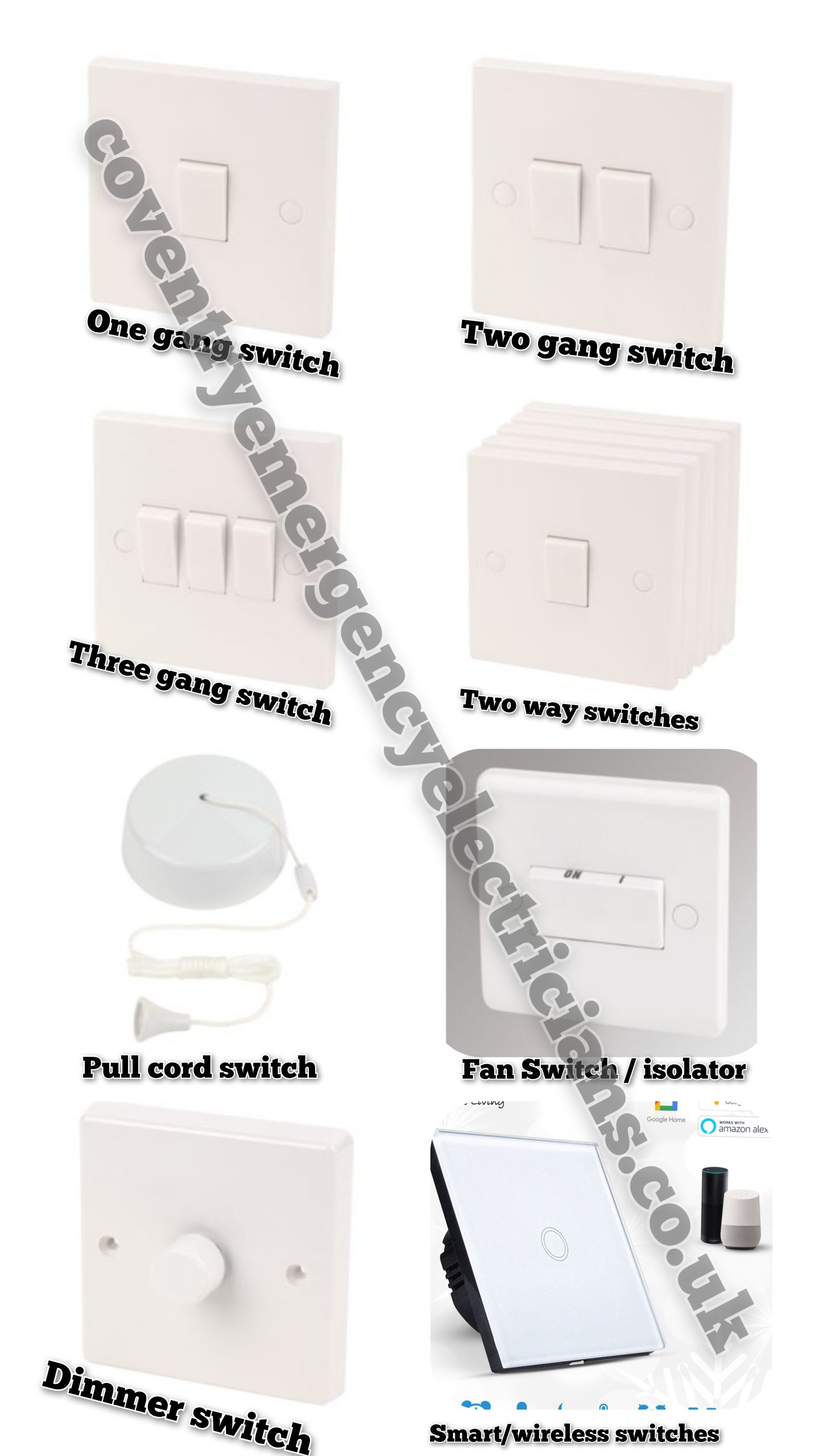
Dimmer Switch: This switch is used to adjust the brightness of a light. It can be used with most types of light bulbs, including incandescent, LED, and halogen.
Timer Switch: This switch is used to turn lights or appliances on and off automatically at a set time.
Smart Switch: This switch is connected to the internet and can be controlled by a smartphone or voice assistant. It can be used to turn lights or appliances on and off remotely or set schedules.
These are just a few examples of the types of switches commonly used in UK homes. Different switches are used for different applications, so it’s important to choose the right switch for your needs. If you’re not sure which switch to use, it’s best to consult a qualified electrician.
Do you need to replace,repair or install light or dimmer switches?
Frequent Issues with Light Switches and Possible Causes
There are several common problems that can occur with light switches. Here are a few of the most common light switch problems:
Switch not working: This is a common problem where the light switch doesn’t turn the light on or off when it’s supposed to. This could be due to a faulty switch or a problem with the wiring.
Switch making a buzzing noise: This can be caused by a loose wire or a problem with the switch itself. It’s important to have this problem checked by a qualified electrician, as it can be a sign of a potentially dangerous electrical fault.
Flickering lights: This can be caused by a loose connection or a faulty switch. It’s important to have this problem checked by an electrician, as it can be a sign of a more serious electrical problem.
Switch getting hot: If a switch is getting hot to the touch, it could be a sign of an electrical overload or a loose connection. This should be checked by an electrician as it can be a sign of a more serious problem.
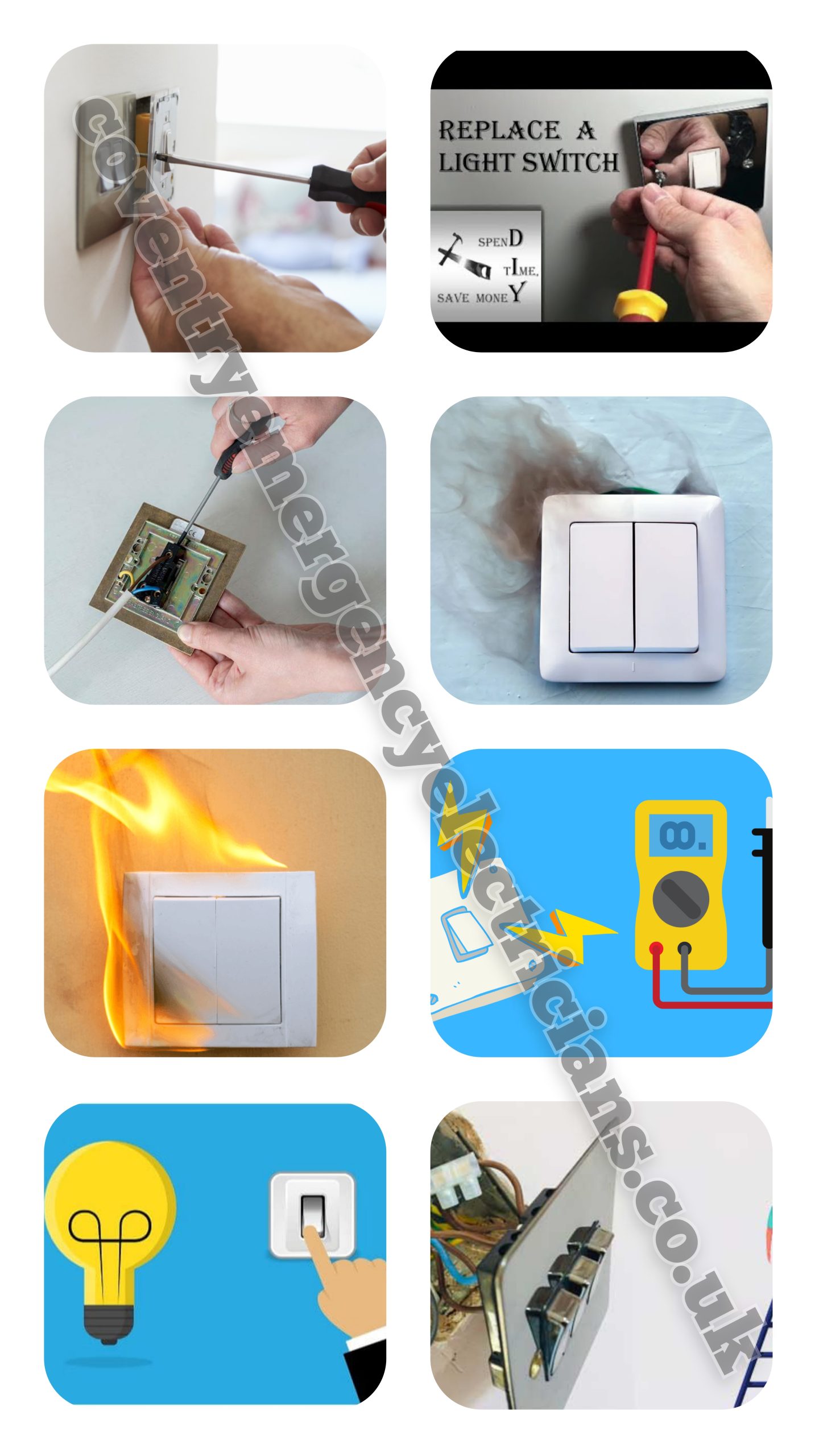
Switch cover coming loose: Over time, the cover plate on a light switch can become loose or cracked. This is usually a cosmetic problem, but it can also be a safety issue if the switch is not properly covered.
If you experience any of these common light switch problems, it’s important to have them checked by a qualified electrician. They can diagnose the problem and make the necessary repairs to ensure your safety and prevent further damage.
Do you need to replace,repair or install light or dimmer switches?
Frequent Issues with Dimmer Switches and Possible Causes
Flickering lights: This problem can be caused by incompatible light bulbs, loose wiring connections, or a faulty dimmer switch.
Buzzing sounds: A dimmer switch that produces a buzzing noise could be due to a loose connection, a voltage overload, or a damaged switch.
Inconsistent performance: Dimmer switches that work intermittently or unpredictably could be caused by a malfunctioning switch, incompatible light bulbs, or wiring issues.
Overheating: Dimmer switches that get hot to the touch can be caused by an overloaded circuit, a faulty switch, or incompatible bulbs.
Dimmer switch not turning on or off: This issue can be caused by a defective switch, faulty wiring, or a tripped circuit breaker.
If you experience any of these issues with your dimmer switch, it’s important to have them checked by a qualified electrician. They can diagnose the problem and make the necessary repairs to ensure your safety and prevent further damage.
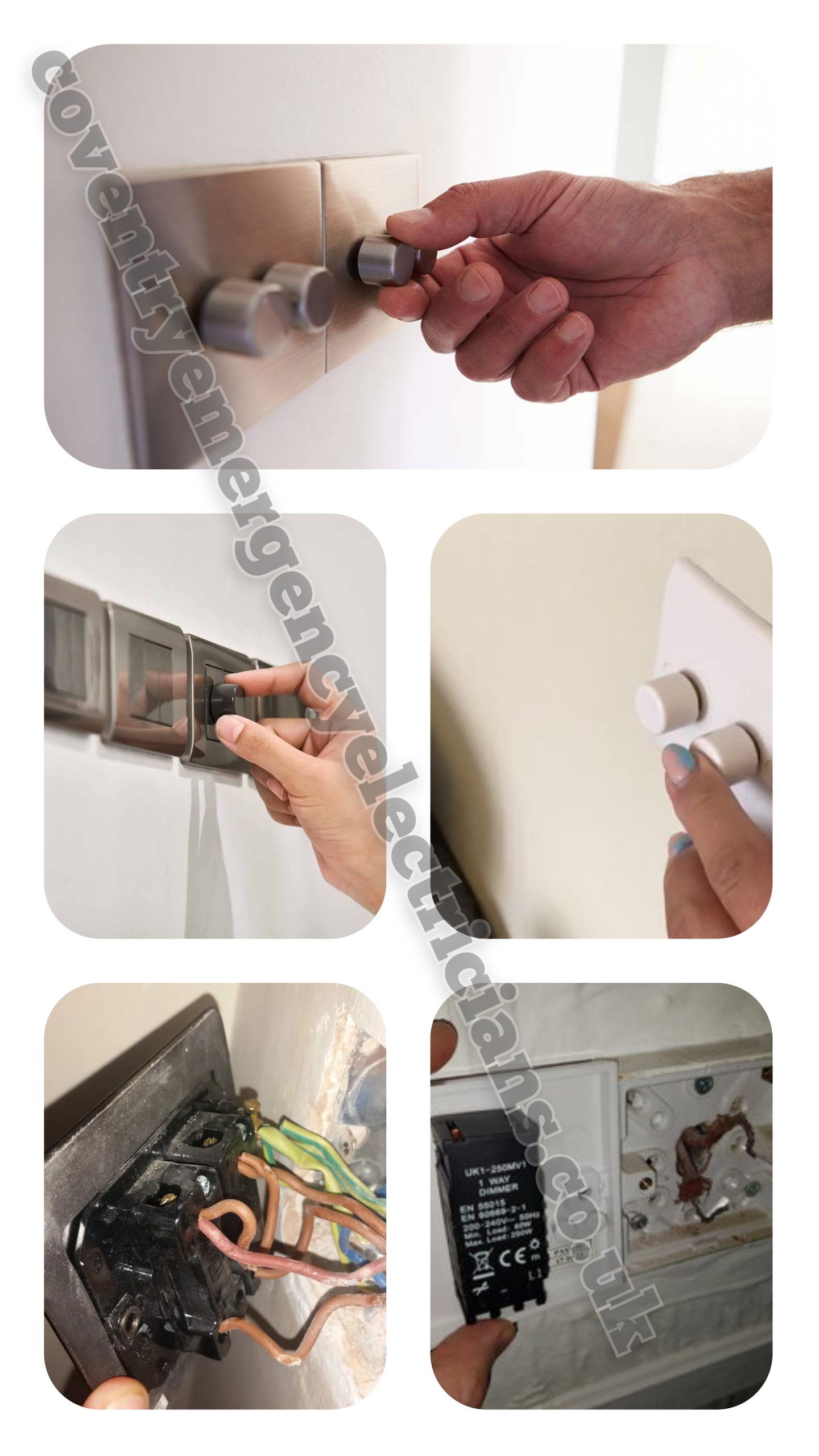
Do you need to replace,repair or install light or dimmer switches?
A Step-by-Step Guide to Replacing a Light Switch
Here’s a step-by-step guide to replacing a light switch:
Turn off the power: Before you begin, turn off the power to the light switch at the circuit breaker.
Remove the switch plate: Use a screwdriver to remove the screws holding the switch plate in place and carefully remove the plate.
Remove the old switch: Use a screwdriver to remove the screws holding the switch in place and gently pull the switch out of the electrical box.
Disconnect the wires: Note the position of the wires on the old switch, and then use pliers or a screwdriver to disconnect the wires from the switch.
Connect the wires to the new switch: Connect the wires to the new switch in the same position they were on the old switch. If the wires are not long enough, you may need to use wire connectors to extend them.
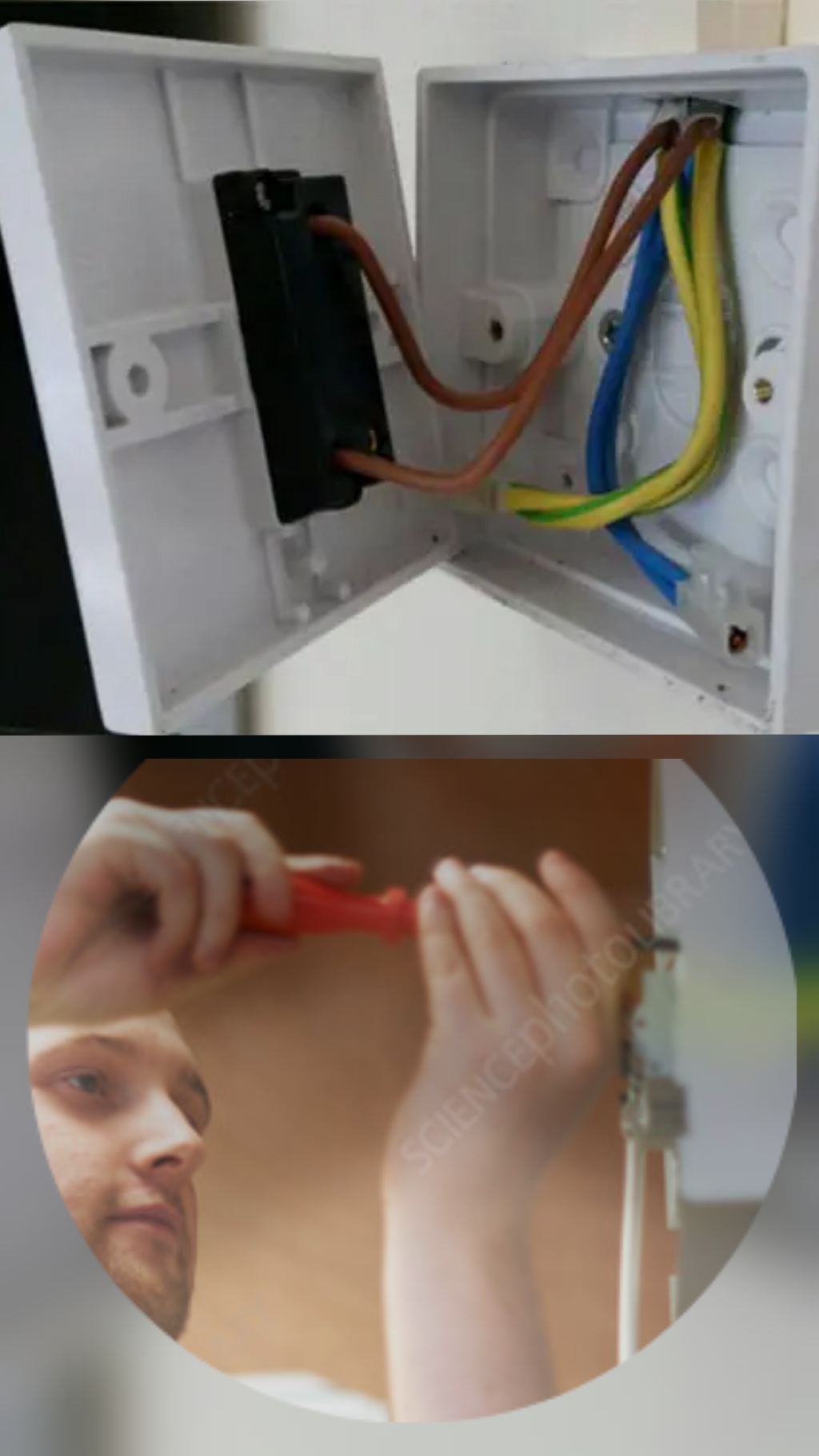
Install the new switch: Place the new switch into the electrical box and secure it with screws.
Replace the switch plate: Attach the switch plate to the new switch with screws.
Turn on the power: Turn the power back on at the circuit breaker and test the new switch to make sure it is working properly.
If you are not comfortable working with electricity, it is best to hire a qualified electrician to replace your light switch.
Do you need to replace,repair or install light or dimmer switches?
A Step-by-Step Guide to Replacing a Dimmer Switch
Turn off the power: Before you begin, turn off the power to the dimmer switch at the circuit breaker.
Remove the switch plate: Use a screwdriver to remove the screws holding the switch plate in place and carefully remove the plate.
Remove the old switch: Use a screwdriver to remove the screws holding the switch in place and gently pull the switch out of the electrical box.
Disconnect the wires: Note the position of the wires on the old switch, and then use pliers or a screwdriver to disconnect the wires from the switch.
Install the new switch: Connect the wires to the new dimmer switch in the same position they were on the old switch. If the wires are not long enough, you may need to use wire connectors to extend them. Place the new switch into the electrical box and secure it with screws.
Replace the switch plate: Attach the switch plate to the new dimmer switch with screws.
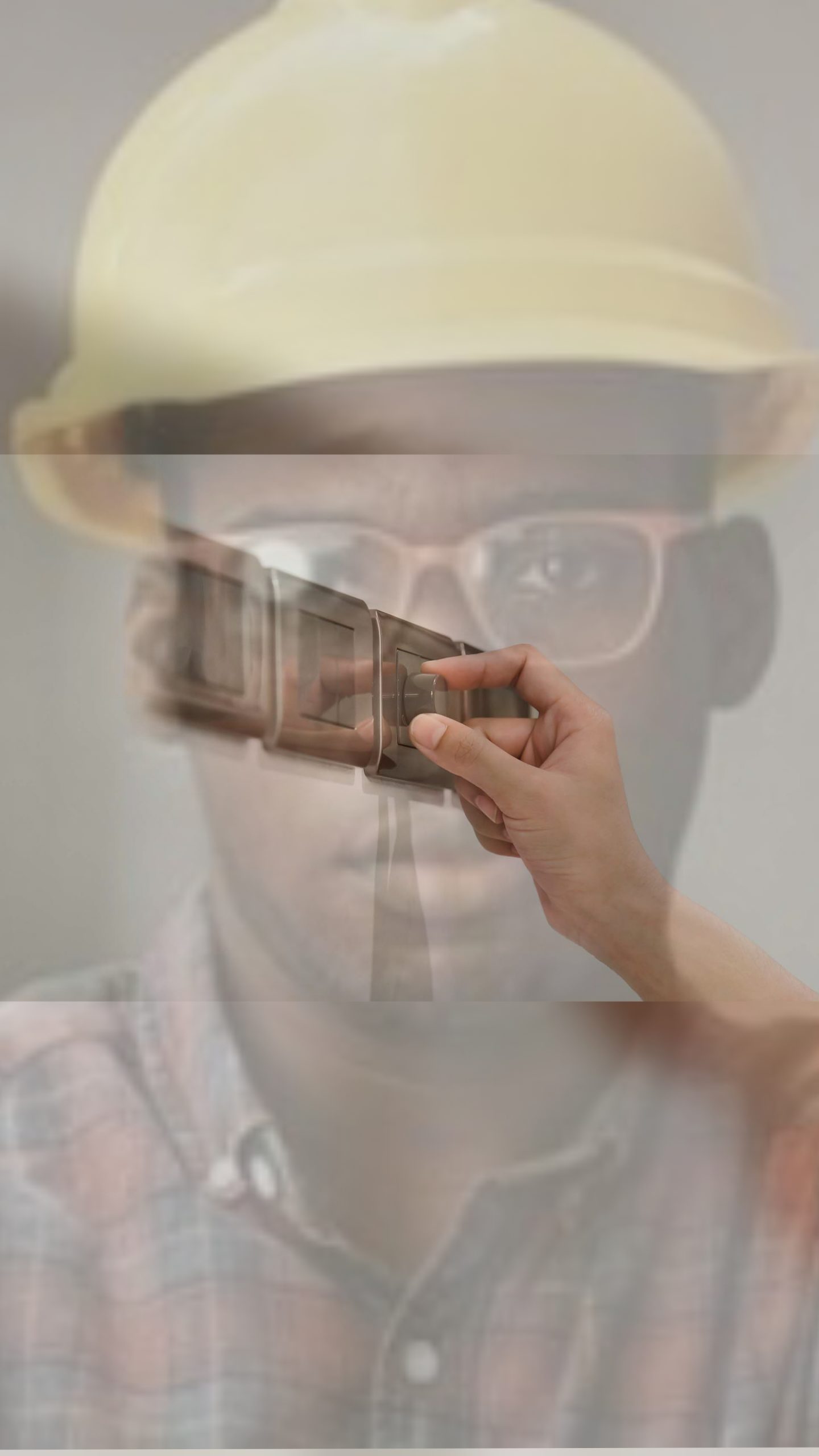
Turn on the power: Turn the power back on at the circuit breaker and test the new switch to make sure it is working properly.
If you are not comfortable working with electricity, it is best to hire a qualified electrician to replace your dimmer switch.
Do you need to replace,repair or install light or dimmer switches?
Is it Necessary to Hire an Electrician to Replace Light or Dimmer Switches
It is not always necessary to hire an electrician to replace light or dimmer switches, but it depends on your level of experience and comfort with electrical work. If you have a basic understanding of electrical wiring and feel confident in your ability to safely make the switch, then you may be able to replace the switches yourself. However, if you are unsure or inexperienced, it is best to hire a qualified electrician to ensure the work is done safely and correctly. Additionally, if you are making any modifications to the electrical circuit, such as adding more lights, you will need an electrician to ensure the work is up to code and meets safety regulations.
Contact us for safe and reliable installation of extra switches in your house. Our qualified electricians can advise on switch types, modify your electrical system, and ensure the work meets safety standards and local building codes.

